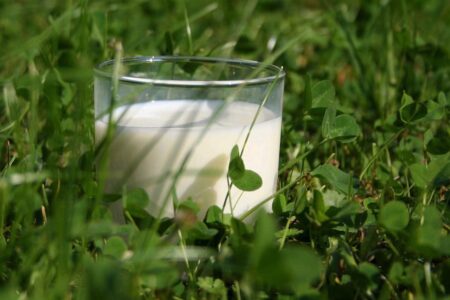Global milk production slows, matching tepid demand, says Rabobank

Image: Shutterstock
The balance of global milk supply and demand persists, with slowing global milk production eventually matching the tepid demand growth in most regions, preventing further price declines, the new report from dairy analysts and bankers Rabobank notes.
In recent months, lower milk prices in most key global dairy regions have reduced supplies. “In our view, however, a possible whiplash effect is growing in probability. We may see a demand resurgence emerging months before global milk output can recover,” notes Lucas Fuess, senior analyst – dairy at Rabobank. “In the second quarter of this year, we declared that ‘it’s always darkest before the dawn.’ And although clouds remain this quarter, the storm will not last forever.”
Rabobank has thus lowered its 2023 milk production forecast. Milk production from the Big 7 export regions is anticipated to grow by 0.3% year-on-year in 2023. The downgrade from last quarter’s estimate of 0.5% is driven by reductions in most key global regions, including the US, EU and New Zealand. Into 2024, output is expected to climb by 0.4%, far less than the 1.6% annual average gain seen from 2010 to 2020.
Attention also remains laser-focused on both supply and demand in China, where the severity of the economic headwinds and the duration of the lull in economic growth are reducing the likelihood of a strong demand recovery. Leading dairy processors in China do report modest demand recovery but, to date, this has not been able to offset strong domestic milk production growth. Milk production growth will slow into the second half of 2023 and into 2024, but a complete market rebalance is not expected in the near term and positive year-on-year imports are not expected until late 2024 or early 2025.
Meanwhile, milk production is quickly increasing toward the seasonal peak in Oceania, with a keen focus on milk solids output in New Zealand. “Farmers in the region are stressed following significant milk price forecast reductions from various processors, pressuring margins as production costs remain elevated,” says Fuess. Total season output is expected to be lower, driven by the weak milk price, with the October peak watched closely in the market.


